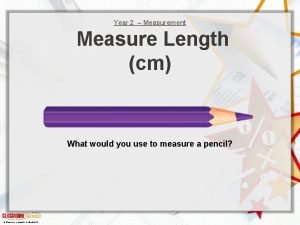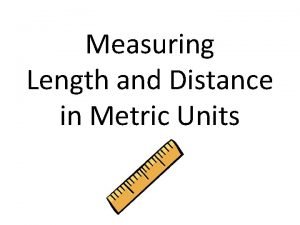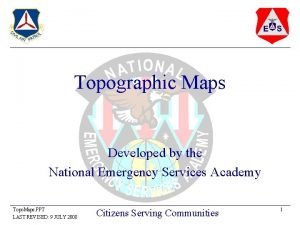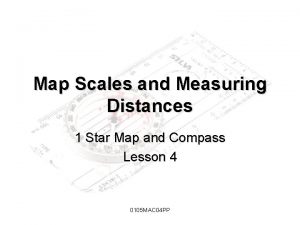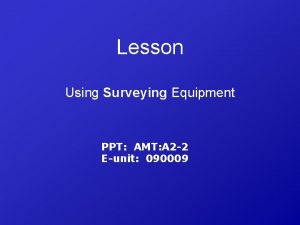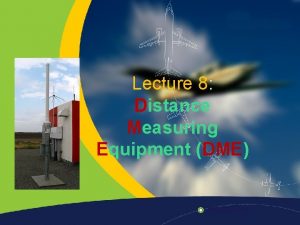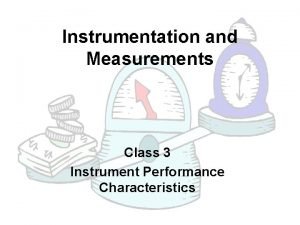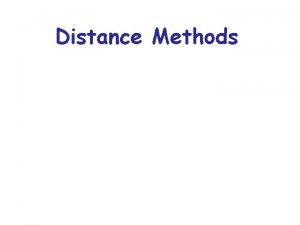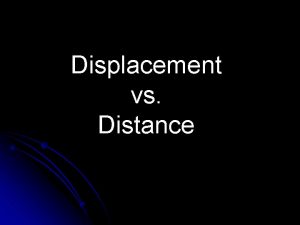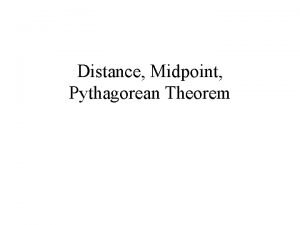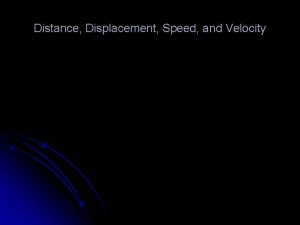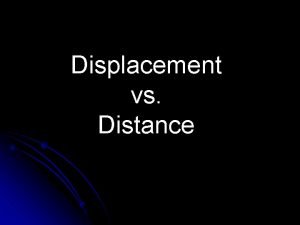Introduce Measuring in space Light Year Distance light











- Slides: 11

Introduce

Measuring in space • Light Year – Distance light travels through space in one year • About 300, 000 km/s • Or 9. 5 trillion km/year • Astronomical Units (AU) • Distance from Earth to the sun • Which is about 150 million km.

Solar system • A solar system is a collection of large and small bodies that orbit our central star, the sun. • Within our solar system are planets. • Planets are spherical bodies that orbit the sun that are larger than the other bodies that are in our solar system.

Solar system • Orbiting most of our planets are smaller bodies called moons. • The rest of our solar system is made up of other small bodies that include: • • dwarf planets Comets Asteroids Meteroids • There are up to a trillion small bodies in the solar system.

Stars • A star is a celestial body that is composed of gas and emits light. • Most are made of hydrogen and helium • Stars create energy through nuclear fusion • This energy is released as light and radiation

Our Sun • Sun • The sun is a medium sized star. • The sun is also a relatively cool star at about 5, 500 C on its surface. • The next closest star is Proxima Centauri and is 270, 000 times farther away from Earth than the sun is.

Star Clusters • The smallest space structure is a solar system. • Next largest is a star cluster • A group of stars bound together by gravitational attraction • Star clusters may contain a couple hundred to thousands of stars. • The next largest is a galaxy.

Galaxy • Our solar system is located in outer arm or the edge of the Milky Way Galaxy. • The Milky Way Galaxy is a single star spiral galaxy. • Other types of galaxies include • Elliptical galaxies • Look like spheres with no “arms” • Irregular galaxies • No pattern blobs • These are very active areas for star formation

The Universe • The universe can be defined as space and all the matter and energy in it. • Within the universe there are clusters of galaxies called super clusters • These super clusters may contain several thousand galaxies • There also large areas where very little matter exists called voids. • The structure looks like a spider web. • web = clusters • Space between web = voids


Closing Questions: • Answer the following questions on your closing section on the warm up using complete sentences: 1. How could you describe your location in space? 2. What are three new things you learned today? 3. What are three things you still want to know about space?
 Titchener school of thought
Titchener school of thought What would you use to measure a pencil
What would you use to measure a pencil Distance metric system
Distance metric system Measuring distance map
Measuring distance map Conventional symbols for class 6
Conventional symbols for class 6 Surveying instruments and their uses ppt
Surveying instruments and their uses ppt Slant range dme
Slant range dme Light light light chapter 23
Light light light chapter 23 Into the light chapter 22
Into the light chapter 22 Chapter 22
Chapter 22 Dead space of instrument
Dead space of instrument Our tiny feet poem
Our tiny feet poem

